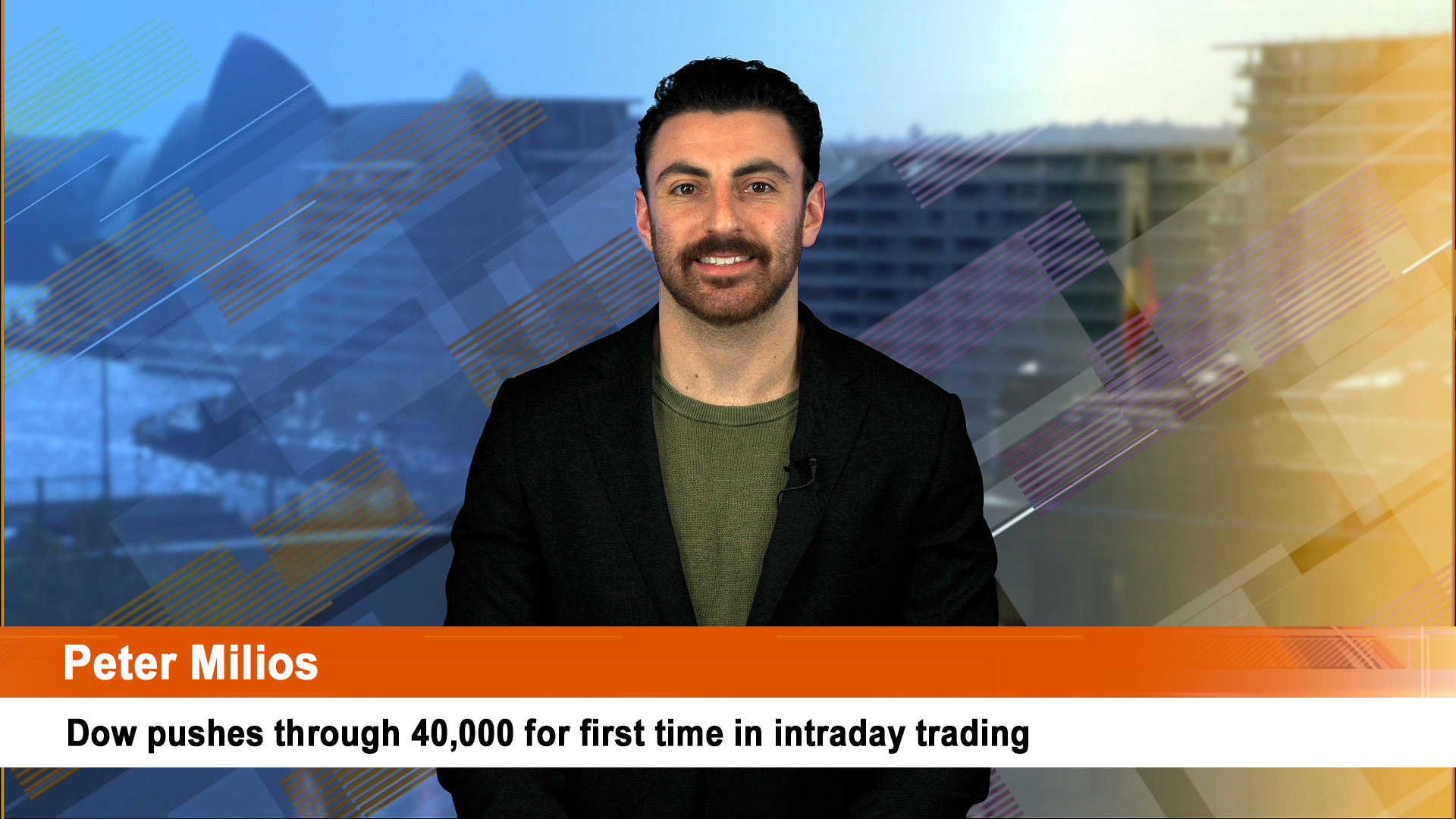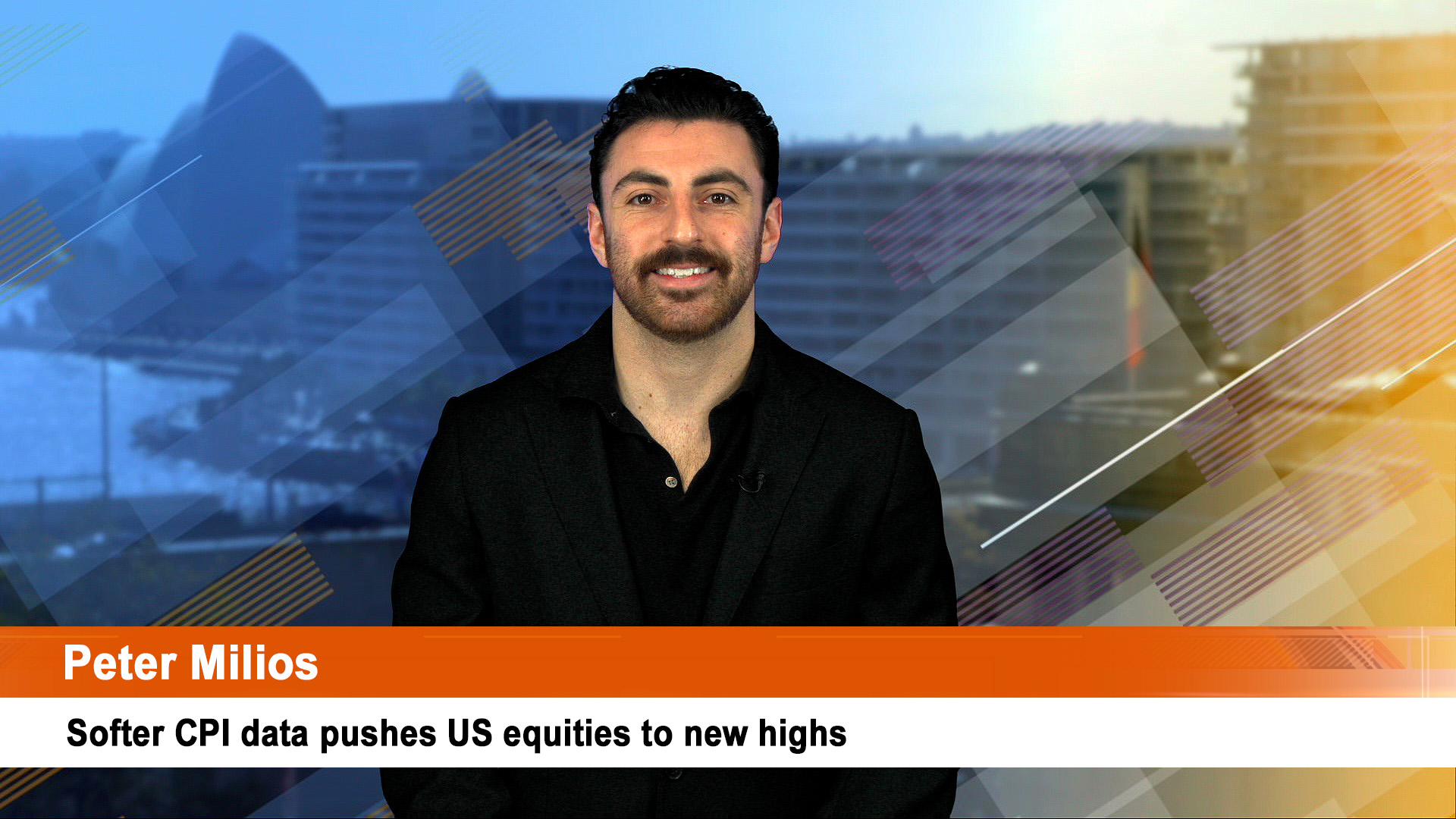Friday saw a very quick change in attitude among investors as shares sold off, US bond yields and the greenback bounced sharply and some commodities such as iron ore, oil, gold and silver fell, but coal and LNG rose.
The rebound in global share markets faltered towards the end of the last week with mixed economic data and mostly hawkish messages from central banks, including the Fed.
The US dollar surged to levels not seen for quite a while – the US dollar index ended at 108.10, a three-year-plus high.
That also saw the yen and euro fell and the Aussie dollar slid back well under 69 US cents to finish at 68.78 US cents a fall of 3.47% for the week.
A week ago, the Aussie was closing in on 72 US cents but suddenly risk is back on, bond yields are higher and everyone is nervous again.
Did all those clever people on Wall Street mislead themselves up till the Fed minutes were released which left a very big hint that monetary policy was still tight?
We may see a partial answer on Friday when Fed chair, Jay Powell provides an update when he speaks at the annual Federal reserve symposium in Jackson Hole, Wyoming.
His speak is entitled ’the economic outlook’
So will there be more tough language that markets thought had been put behind us and end another week all aflutter and wobbling?
US bond yields bounced to 2.93% at the close on Saturday morning, Sydney time, a rise of 14 points over the week with most of that gain coming from Wednesday onwards (9 points on Friday alone).
On Friday the S&P 500 slid 1.29% to close at 4,228.48, while the Dow Jones Industrial Average tumbled 292.30 points, or 0.86%, to 33,706.74. The Nasdaq Composite dropped 2.01% to settle at 12,705.22.
For the week, the S&P ended 1.21% lower, the Dow slipped 0.16% and the tech-heavy Nasdaq slumped 2.62%.
Besides the slip on Wall Street, Eurozone shares lost 1.4%, Japanese shares rose 1.3% and Chinese shares fell 1% after more weak data.
The Australian share market rose 1.2% though helped by strong earnings results for some companies led by strong gains in retail, resources and industrial stocks.
The AMP’s chief economist, Shane Oliver wrote at the weekend that, “From their June lows global and Australian equities have run hard and are vulnerable to a pull back over the next few months.”
“Technically they have become overbought and have come up against technical resistance from the downwards sloping 200 day moving average for the US share market.”
Friday saw Wall Street’s summer rally falter as fears about more interest rate rises re-emerged after being in hibernation for weeks.
The Financial Times wrote at the weekend “Investors are raising red flags over a stock market rally that has added more than $7tn in value to US equities since June, with many of the gains being driven by hedge funds unwinding bearish bets rather than newfound conviction that it is time to buy.
“Traders at Goldman Sachs, Morgan Stanley and JPMorgan Chase have warned clients in recent days that the bounce in shares is not underpinned by confidence the surge can last, according to interviews with traders and private brokerage reports seen by the Financial Times.
“Instead, the rally — including the frenzied boom and bust in meme stocks that recalls last year’s market ructions — has been fuelled by hedge funds covering short bets structured to profit from the market decline earlier this year, they said.
“Morgan Stanley and JPMorgan have found that clients have even been selling out of long-term wagers, suggesting they have little faith the rally can last. Some are already betting that the recovery will peter out, with Goldman’s hedge fund clients reloading their bearish bets.”
“Money managers have been hoping all year for an all-clear signal that they can dive back into the US stock market but instead have been met with a muddied picture from US policymakers attempting to curb stubbornly high inflation,” The FT concluded.
Shares of Occidental Petroleum stood out Friday jumping more than 9% after Warren Buffett’s Berkshire Hathaway was given official approval to buy up to 50% of the oil and gas company (See separate story).
Berkshire has been consistently adding to its stake Occidental Petroleum in recent quarters. It already owns more than 20% of the company. The approval came as a shock to investors.













